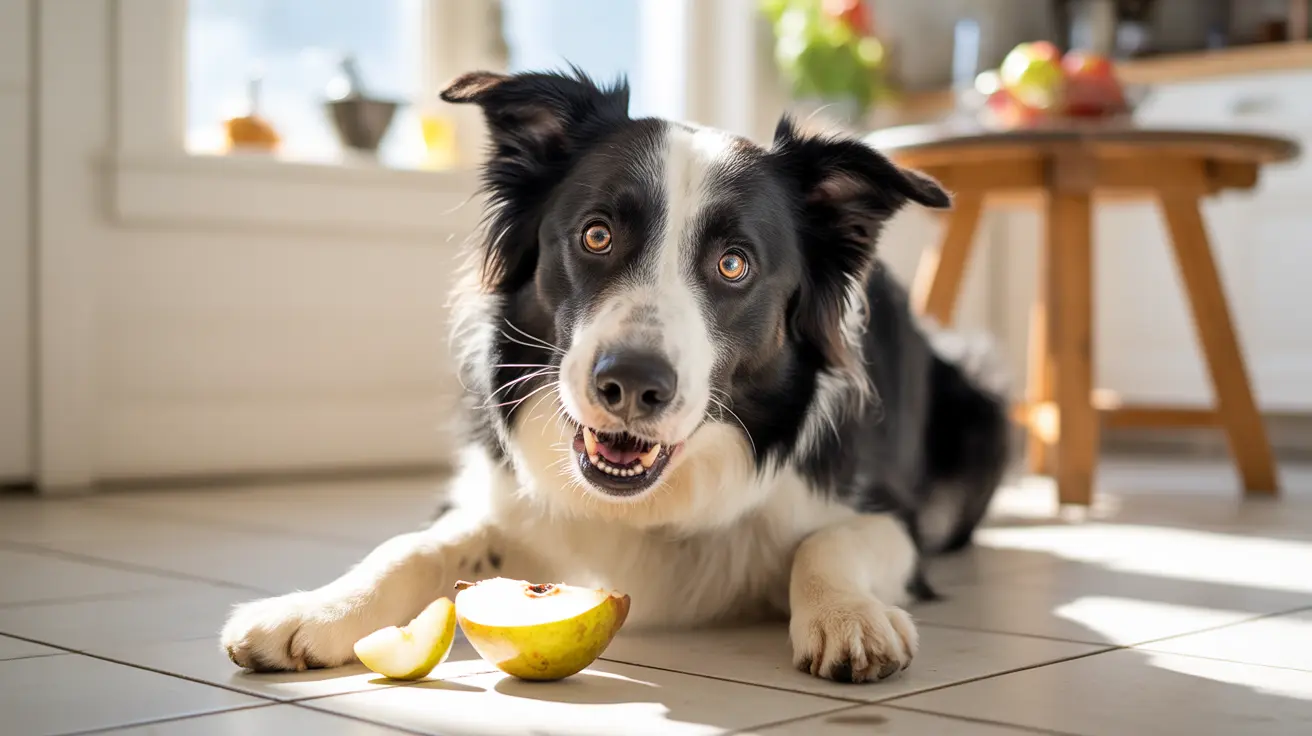Understanding the Onset and Risks of Onion Poisoning in Dogs
Onions are a staple in many human meals, but for our canine companions, they pose a serious threat. Many pet owners wonder,
"How fast does onion poisoning happen in dogs?" This is a critical question because timely intervention can mean the difference between recovery and severe illness, or even death. Understanding the timeline, symptoms, and treatment options can help ensure your dog stays safe.
Why Are Onions Toxic to Dogs?
All parts of the onion plant—including the bulb, leaves, stems, juice, and even processed powder forms—contain a compound called
N-propyl disulfide. This substance causes oxidative damage to red blood cells by attaching to the oxygen-carrying molecules inside them, leading to cell rupture. This process is known as
hemolytic anemia, where the red blood cells are destroyed faster than the body can replace them.
How Quickly Do Symptoms of Onion Poisoning Appear?
Generally, signs of onion toxicity become noticeable anywhere between
24 to 72 hours post-ingestion. However, in some cases, symptoms may take longer to develop. The delay is due to the time it takes for the oxidative damage to accumulate and for the body’s immune system to begin destroying the compromised red blood cells.
Initial Symptoms to Watch For
If your dog has consumed onion in any form, monitor them closely for the following early warning signs:
- Vomiting
- Diarrhea
- Abdominal pain
- Drooling
- Loss of appetite
As the condition progresses, more severe signs can develop:
- Lethargy and weakness
- Exercise intolerance
- Rapid or irregular heartbeat
- Increased respiratory rate or panting
- Discolored urine (red or brown)
- Pale or yellow gums
- Collapse or fainting
Risk Factors and Breed Sensitivity
Certain dogs are more susceptible to onion toxicity. Risk factors include:
- Pre-existing conditions like anemia, diabetes, or liver disease
- Medications that affect red blood cell function
- Small body size (toxicity dose is relative to weight)
- Breed sensitivity—Akitas and Shiba Inus are particularly vulnerable
Toxic Doses: How Much Onion is Dangerous?
Onion toxicity generally occurs when a dog ingests more than
0.5% of their body weight in onions. For example:
- A 20 kg (44 lb) dog can be poisoned by as little as 100 grams (about one medium onion)
Even trace amounts over time can have
cumulative toxic effects, especially with repeated exposure to foods containing onion powder or flakes.
Immediate Actions and Treatment
If you suspect your dog consumed onion:
- Do NOT induce vomiting unless directed by your veterinarian
- Contact your vet immediately for guidance
- Note the type and amount ingested to help your vet assess toxicity level
Veterinary intervention may include:
- Induced vomiting (if within 2 hours of ingestion)
- Activated charcoal to limit toxin absorption
- IV fluids for hydration and organ support
- Oxygen therapy in case of severe anemia
- Blood transfusions in life-threatening cases
Diagnosis Methods
Diagnosis is based on:
- Clinical symptoms
- Recent history of food ingestion
- Blood tests to evaluate red blood cell count and presence of Heinz bodies (a marker of oxidative damage)
Prognosis and Recovery
With prompt treatment, the prognosis is generally good. Signs often improve within a few days, but complete blood recovery may take a week or more. Without treatment, severe anemia can result in
organ failure and death.
Preventing Onion Toxicity
Prevention is the best defense:
- Never feed dogs human foods seasoned with onion, garlic, or related spices
- Read ingredient labels carefully
- Keep onions and related vegetables stored securely
- Educate family and guests not to share table scraps
Safe alternatives for dog treats include:
- Carrots
- Green beans
- Pumpkin
- Peas
- Apples, bananas, and blueberries in moderation
When to Seek Veterinary Help
Watch your dog for symptoms for up to
72 hours post-ingestion. Keep detailed records of behavior or physical changes, which will help your vet make timely decisions. The faster you act, the better the outcome for your pet.
Conclusion
Onion poisoning in dogs is a serious concern with symptoms that can appear within
one to three days following ingestion. While the delay in symptom onset can be misleading, pet owners must act swiftly at the first sign of exposure. Never underestimate the danger of onions and related foods—prevention and early treatment are crucial to protecting your dog’s health.





